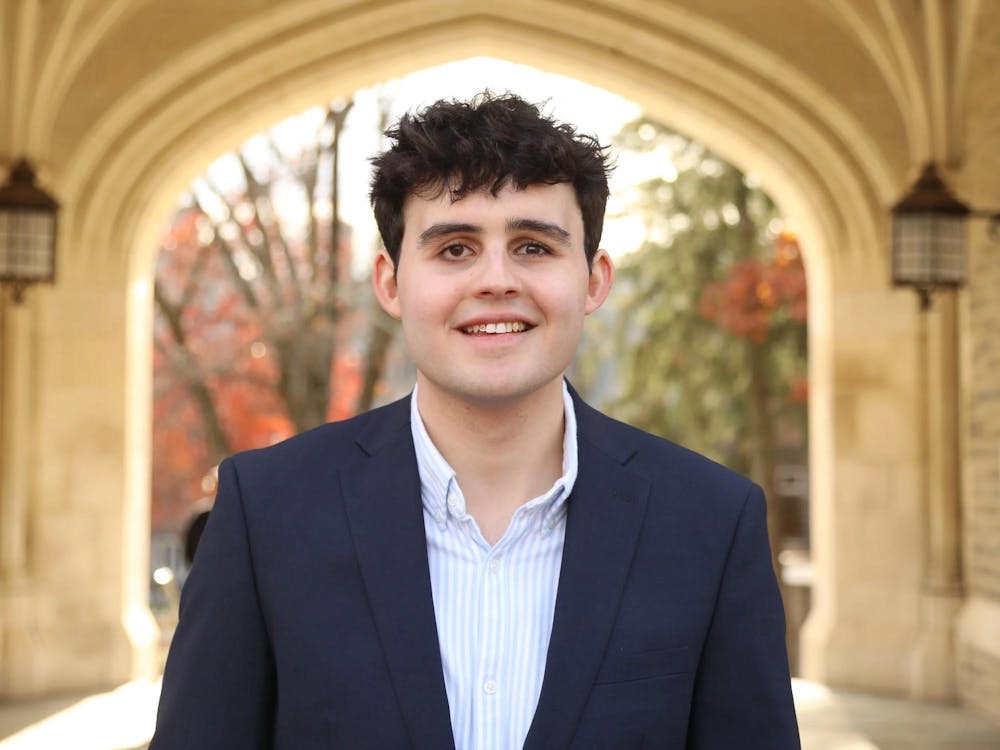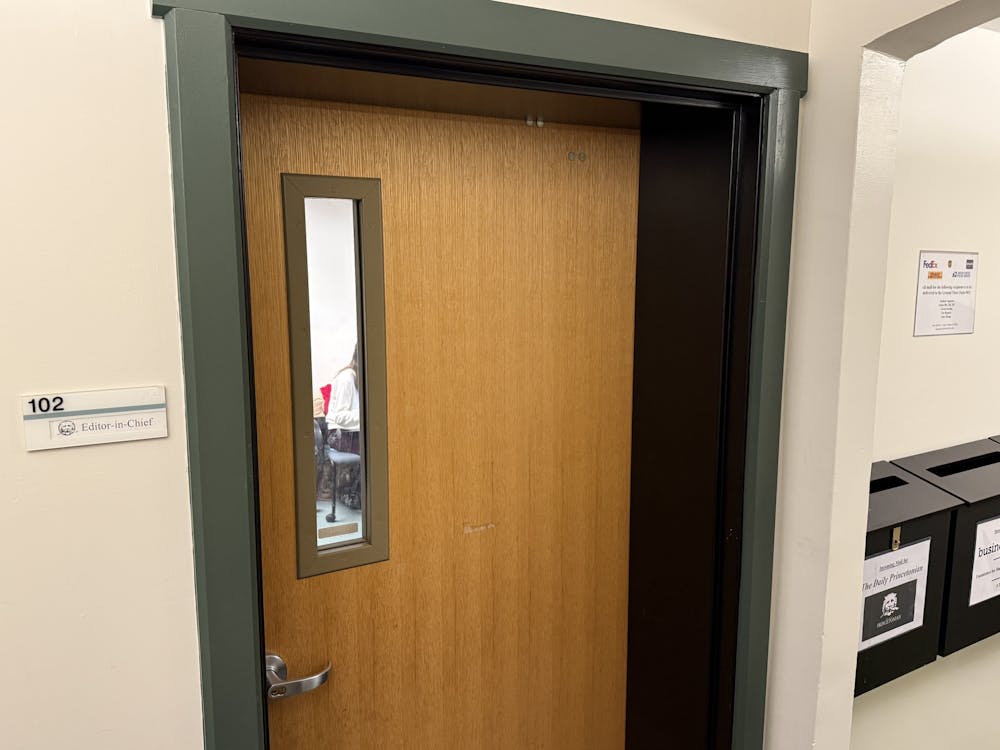What does “free speech” mean? Recent campus events have shown that campus is split: columnist Newby Parton writes without qualification that “silencing offensive speech... solves nothing that can’t be solved by growing thicker skin,” while students protest the chapel meeting with signs lambasting the administration’s weak response to Urban Congo and claiming that President Eisgruber wrote, “[Racism] may not be suppressed.” These events, as well as the mixed responses to the University’s new statement on academic freedom, demonstrate that students have very different conceptions of free speech.
The two sides of this campus debate basically fall in line with the two competing theories of free speech on the world stage. The first of these is laid out in the First Amendment to the US Constitution and expounded by several Supreme Court cases. Under this model, speech (and, more broadly, “expression”) can be restricted only for its time, place or manner; if it is libelous or slanderous; or if it is a direct incitement to violence. The second theory of free speech is one to which much of Europe subscribes, and to which American college campuses have been attracted recently. While affirming the value of the liberty to express ideas, subscribers to this theory hold that speech need not be directly physically harmful for its content to be restricted: for instance, Denmark punishes speech “threatening, insulting or degrading a group of persons on account of their race, national or ethnic origin or belief.” Similarly, Princeton’s current policies allow sanctions for speech that “demeans” or “intimidates” others.
It is not immediately obvious which of these understandings of free speech is the right one, especially since we are dealing with a college campus, not a government —the question of constitutionality has no bearing. The European model is based on a broader construction of harm, understanding that speech doesn’t need to directly incite people to physical violence in order to be harmful. As research has looked deeper into the psychological effects of speech, it has become clearer that “sticks and stones may break my bones, but words will never hurt me” is not strictly true: researchers have described hate speech’s effects as “injurious” and even “traumatic.” In light of this, Parton’s above exhortation to grow a “thicker skin” seems woefully inadequate.
If speech can be so harmful, causing deep psychological damage and perpetuating negative stereotypes, the banning of certain malicious speech in European countries and on college campuses seems reasonable. However, this comes with some serious problems.
First, the definition of psychological harm remains elusive. Whereas physical injuries can be catalogued objectively, psychological injuries rely on self-assessment or the work of psychiatrists, whose diagnoses can be difficult to understand or subjective. A broken nose is much easier to prove and quantify than a feeling of inadequacy. Without such evidence of harm, accusations of demeaning speech become difficult if not impossible to verify.
Second, the “impact over intention” doctrine that has been espoused in response to the Urban Congo incident is unhelpful for ascribing blame. Establishing that a psychological injury has occurred gives no indication of who committed the wrong: certainly the user of a racial slur is to blame for the impact that causes, but who is to blame for the incidental impact of a conversation about affirmative action (as occurred when preceptor Russell Nieli was accused of racism)? If a conservative Christian feels demeaned by pro-gay marriage speech, should that speaker be shut down?
The final issue with any ban on speech is that it is ineffective for achieving social change. Suppressing undesirable speech won’t suppress undesirable opinions; the best way to defeat these opinions is to meet them head on and demonstrate their wrongness. Law or campus regulations only have the power to change people’s behavior, not their beliefs: would we rather scare racists into silence or eliminate racism? While laws can do the former, only speech can do the latter.
The First Amendment understanding of free speech answers these problems with the European model. Yes, narrowly constructing harm to include only the physical hampers the government’s ability to protect its people’s psychological well-being, but it also eliminates the problems of quantifying psychological damage and ascribing blame for such damage. While it is disconcerting that this construction protects KKK rallies and Neo-Nazi marches, it is only by allowing all speech that wrong opinions can be overcome in a true marketplace of ideas, rather than simply pushed underground. It is this marketplace of ideas, not any restriction of free speech, that has caused America’s undeniable progress away from racism and sexism in the last half-century.
This understanding of free speech is better not only for a government, but also for an institution like our own. Princeton students, in theory, are smart enough and critical enough to handle a marketplace of competing ideas, and the existence of such a marketplace is a crucial component of the college experience. Suppression of harmful ideas on campus not only fails to prepare students for an outside world without this suppression, but also fails to ensure that students believe what they believe for good reason. Of course, this doesn’t mean that students harmed by others have no recourse except for a thicker skin: if Urban Congo offended you, tell them why; tell other students why they’re wrong; ask your classmates to boycott or condemn the show. Use your free speech against theirs. Change the attitudes of your classmates; don’t police their behavior.Steve Swanson isa Computer Science major from Vienna, Va. He can bereached at sswanson@princeton.edu.







